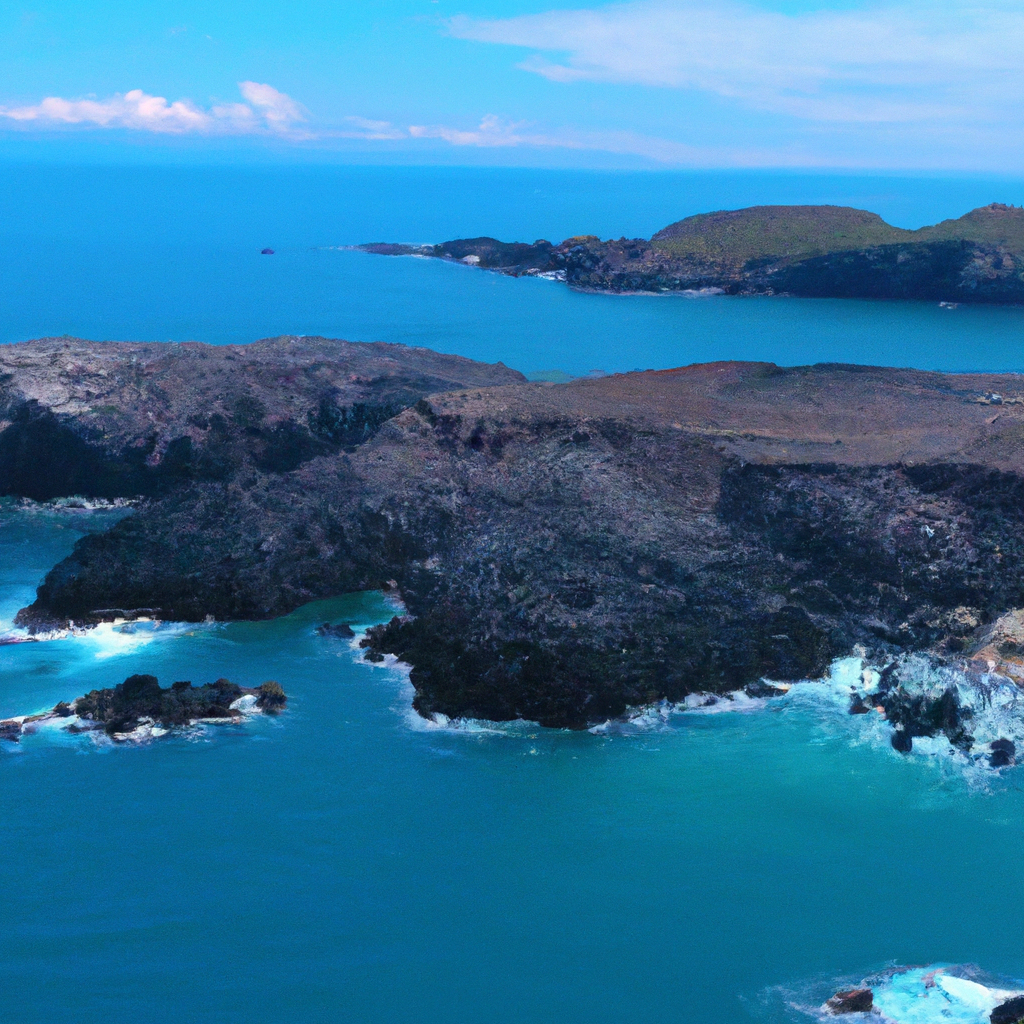The Galapagos Islands, located in the Pacific Ocean, are a group of volcanic islands that have managed to retain their pristine beauty and unique wildlife. The archipelago is home to a diverse range of endemic species, including giant tortoises, marine iguanas, and blue-footed boobies. But beyond these well-known facts, there are many rare and interesting tidbits about the Galapagos Islands that are worth exploring. In this article, we will delve into some of these fascinating facts, as well as highlight the conservation efforts and ecotourism opportunities that make the Galapagos Islands a must-visit destination.
Volcanic Origins and Activity
The Galapagos Islands are volcanic in origin, and the islands themselves are still active. The youngest island, Fernandina, is only a few thousand years old and is still experiencing eruptions. The islands are located on a hotspot, meaning that a mantle plume has formed under the Earth’s crust, resulting in the formation of the islands. The volcanic activity has not only shaped the landscape of the islands but has also influenced the evolution of the wildlife that inhabits them.
Endemic Species
The Galapagos Islands are known for their unique wildlife, with a high number of endemic species found nowhere else in the world. The marine iguanas found on the islands are the only marine lizards in the world, and the giant tortoises have evolved into different species on different islands. The islands are also home to the Darwin’s finches, a group of birds that helped Charles Darwin develop his theory of evolution.
Charles Darwin’s Visit
Speaking of Charles Darwin, the Galapagos Islands played a significant role in the development of his theory of evolution. Darwin visited the islands in 1835 as part of his voyage on the HMS Beagle and was struck by the unique wildlife he encountered. He noticed that each island had its own distinct species, which led him to develop his theory of evolution by natural selection. The Galapagos Islands are often referred to as the “laboratory of evolution” because of the insights they provided Darwin.
Conservation Efforts
The Galapagos Islands have been declared a UNESCO World Heritage Site, and the Ecuadorian government has taken steps to protect the islands’ unique ecosystem. The Galapagos National Park was established in 1959, and strict regulations are in place to protect the islands’ wildlife. Visitors are required to follow strict guidelines, such as staying on designated paths and not disturbing the wildlife. The Galapagos Islands also have a unique system of ecotourism, which allows visitors to experience the islands’ natural wonders while minimizing their impact on the environment.
Unique Natural Wonders
The Galapagos Islands are home to many unique natural wonders, such as the Pinnacle Rock on Bartolome Island, which is a popular destination for snorkeling and diving. The islands are also home to the Devil’s Crown, a volcanic crater that is a popular spot for diving due to its abundance of marine life. Other natural wonders include the lava tunnels found on Santa Cruz Island and the pink flamingo lagoon on Floreana Island.
Conclusion
The Galapagos Islands are a truly unique and fascinating destination, with a rich history and a diverse range of endemic species. From the islands’ volcanic origins and active volcanic activity to the unique natural wonders and conservation efforts, there is much to explore and discover on these islands. The Galapagos Islands are a must-visit destination for anyone interested in wildlife, conservation, and natural wonders.







